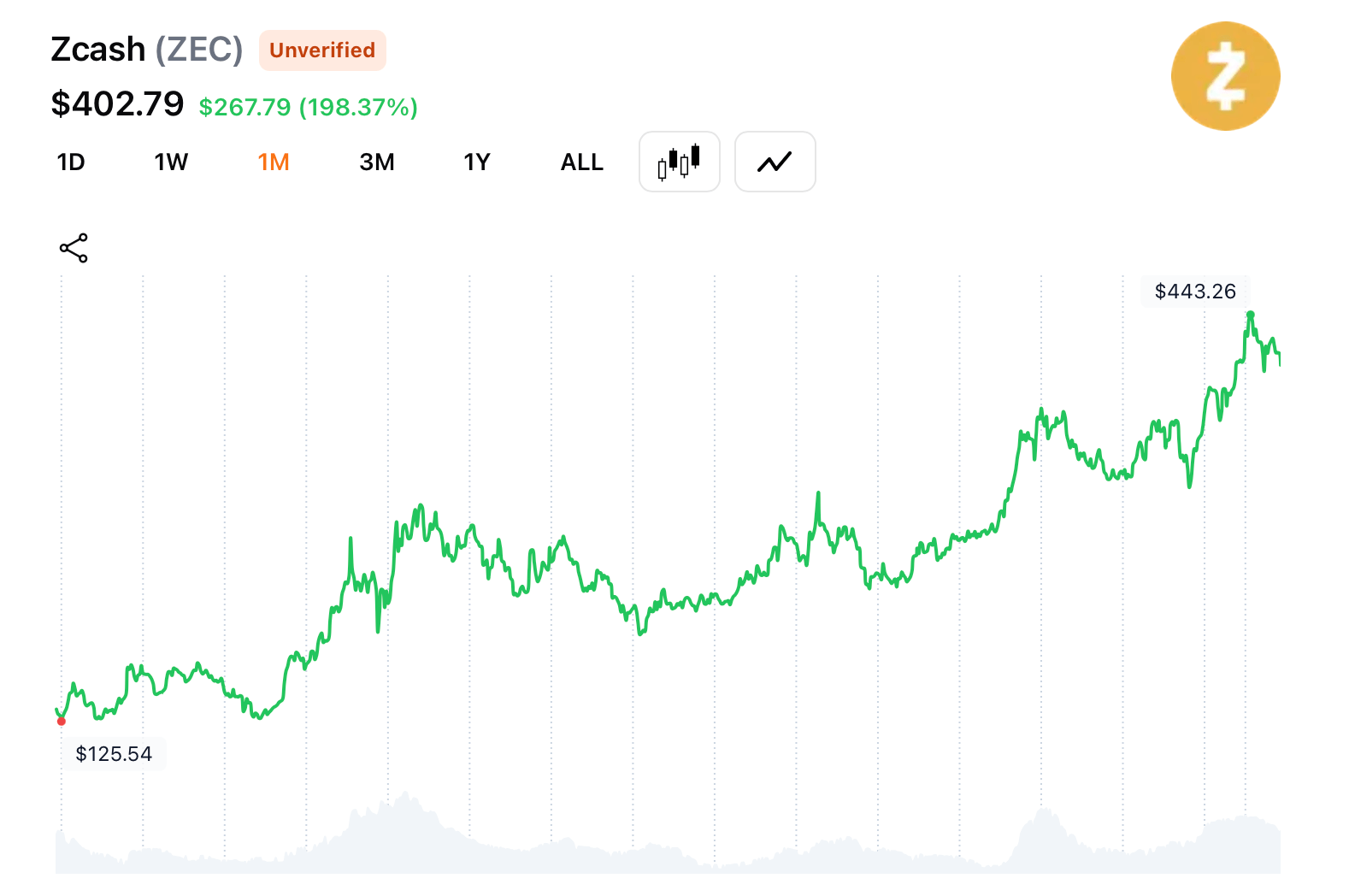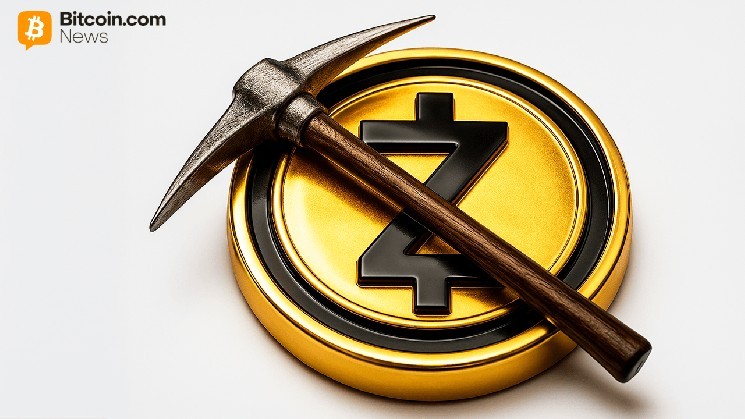New figures reveal that mining privacy coin zcash (ZEC) has become a serious source of revenue after its price soared more than 200% this month. The rally ignited a fire among miners and quickly pushed the network’s hashrate into uncharted territory.
Equihash outperforms SHA256, ZEC miners reap big profits
While most of the conversation has focused on ZEC’s price increase over the past 30 days, the network’s soaring hashrate has been overlooked.
The Zcash network operates similarly to Bitcoin, as a Proof-of-Work (PoW) crypto. Miners compete to discover new blocks, and the protocol adjusts the difficulty to keep miners alert.

ZEC runs on an algorithm known as Equihash and targets a new block approximately every 75 seconds. This is super fast compared to Bitcoin’s 10 minute (600 second) wait. The network tweaks the difficulty for each block and constantly readjusts it based on how quickly miners discover blocks.
Bitcoin’s algorithm is basically a brute force dice roll, continuing to hash until a jackpot is hit. Equihash, on the other hand, requires miners to work and solve unique mathematical puzzles rather than keep throwing hashes until they get lucky.
The ZEC miner’s hashrate is measured in giga solutions per second (GS/s), which aggregates the 1 billion potential answers that the rig can process every second. One GS/s generates 1,000,000,000 (1 billion) good solutions every second. Currently, the Zcash network is cruising at an all-time high (ATH) of 12.53 GS/s.
As of today, Equihash has surpassed Bitcoin’s SHA256 as the most profitable mining algorithm, with Bitmain’s Antminer Z15 Pro ASIC earning approximately $39.56 per day (after factoring in electricity costs of $0.04 per kWh). This is 43.33% more profitable than Bitmain’s S21e XP Hydro 3U, which produces 860 terahash per second (TH/s).
Miners are well aware of the act. Currently best known as the third largest Bitcoin mining pool by hashrate, ViaBTC reigns supreme in the zcash (ZEC) mining space, controlling 3.99 GS/s, or approximately 31.84% of the network’s hashing power. F2pool is tracking at 1.56 GS/s and claims 12.45%. To put the power of ViaBTC into perspective, it is equivalent to the power of approximately 4,750 Antminer Z15 Pros synchronously scraping away.
Following ViaBTC and F2pool are two other miners: Antpool, Luxor, and Binance, each contributing a portion of the hashing power to keep ZEC’s block production on track. In terms of growth, these pools have been stagnant since the first week of September 2025, and ZEC price increases are finally beginning to benefit miners.
For now, the explosive growth in zcash (ZEC) mining profitability has changed the landscape for proof-of-work cryptocurrencies. Currently, Equihash is by far the most profitable, and miners are clearly deploying significant amounts of resources.
Frequently asked questions ❓
- What’s driving Zcash’s hashrate to new highs?
The 200% price increase in ZEC in October 2025 triggered massive mining activities around the world. - Which regions benefit the most from Zcash mining?
Miners in North America, Asia, and Europe are leveraging the profitability of Equihash. - How is Zcash mining different from Bitcoin mining?
Equihash currently delivers higher daily returns than Bitcoin’s SHA256 algorithm. - Who controls the Zcash mining pool today?
ViaBTC leads the way, followed by F2pool, 2miners, Antpool, Luxor, and Binance.










